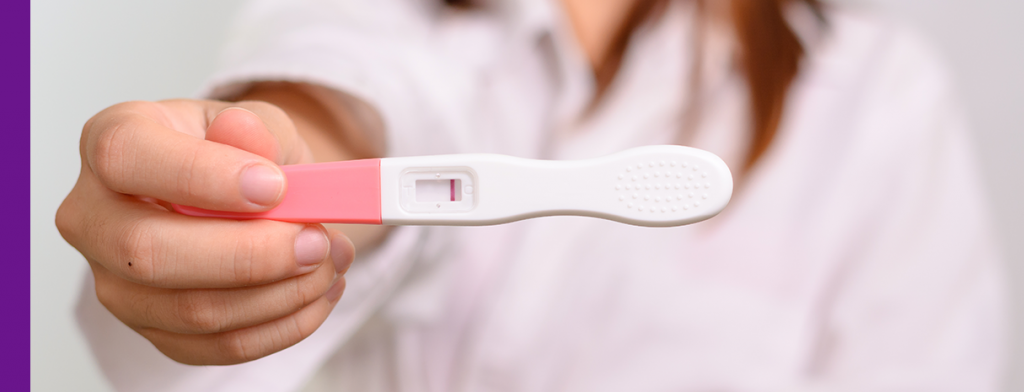Fertility, or the bio-physiological capacity of an individual to procreate, represents a fundamental aspect of reproductive health and can be influenced by various biological, genetic, environmental and behavioral factors.
It is a very complex issue that concerns both men and women.
Fertility in men
Sperm quality and quantity
Spermatogenesis, or the production of spermatozoa, is not constant and undergoes fluctuations and decreases related to aging. Unlike women, aging in men does not cause a rapid drop in gonadal hormone secretion, but a gradual decline that begins in young adulthood and progresses over time.
Male fertility depends primarily on the production of good quality sperm in sufficient quantity. The most significant parameters include the motility (the ability of sperm to move effectively towards the egg); the morphology (the shape and structure of spermatozoa) and concentration.
According to WHO guidelines, a man is considered fertile if he has a concentration of 15 million sperm per milliliter or more. However, even with a normal sperm count, factors such as poor motility or abnormal morphology can compromise fertility.
Reproductive health issues
Conditions such as varicocele, sexually transmitted diseases, genetic diseases, hormonal changes, bacterial and viral infections of the genital tract, mumps, cryptorchidism can damage reproductive health.
Furthermore, lifestyle factors such as smoking, excessive alcohol consumption, drug use, and poor eating habits have a worrying impact on the decline of male fertility.
Hormonal imbalances
Hormones play a crucial role in regulating sperm production, under the influence of the hypothalamus and pituitary gland. Imbalances in hormones such as testosterone, luteinizing hormone (LH), and follicle-stimulating hormone (FSH) can lead to reduced spermatogenesis. Conditions such as hypogonadism, in which the body produces too little testosterone, can significantly affect fertility. Diagnosing and treating hormonal changes is essential to improve the chances of conceiving.
Fertility in women
Reproductive aging
Fertility in women peaks between the ages of 20 and 30, with a more rapid decline after age 35. This decline is due to a reduction in ovarian reserve (without the possibility of regeneration) and the quality of oocytes.
Ovarian depletion also correlates with an increased risk of genetic abnormalities in the embryo and an increase in negative obstetric outcomes (miscarriages, preterm births, etc.)
Ovulation disorders
Ovulation disorders are another major cause of female infertility; they can cause infrequent and irregular ovulation as well as no ovulation at all. Conditions such as polycystic ovary syndrome (PCOS), thyroid disorders, diabetes, obesity, hyperprolactinemia can disrupt normal ovulation. Managing these conditions through medications, lifestyle changes, and medical treatments can help restore regular ovulation and improve fertility.
Reproductive health issues
Female fertility is not only guaranteed by the regularity of ovulation but it is the female reproductive system as a whole that plays a crucial role. Endometriosis, uterine fibroids, malformations or structural alterations of the uterus or cervix, Pelvic inflammatory disease can interfere with the ability to conceive.



